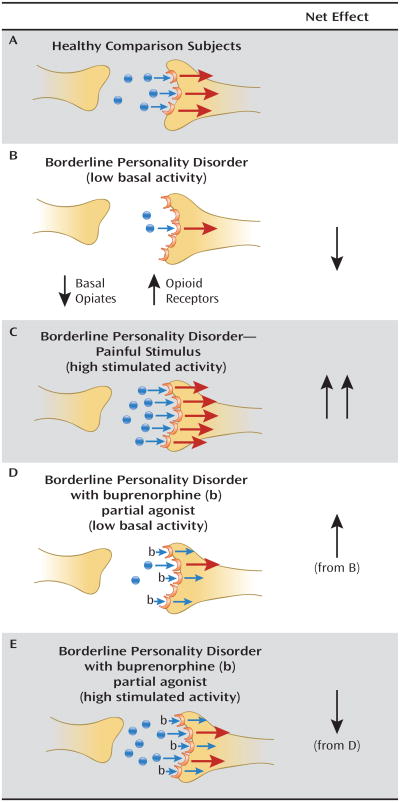Figure 2. Model of Opioid Dysfunction and Buprenorphine Treatment in Borderline Personality Disordera.
aBasal opioid levels in borderline personality disorder are hypothesized to be reduced in output, while receptors are increased in number, so that during unstimulated conditions, borderline patients experience dysphoria associated with reduced tonic opioid activity. When stress or pain causes an increase in release of opioids, there is an increased opioid signal and relief from dysphoria. Treatment with buprenorphine, a partial agonist, would increase basal opioid signal under baseline conditions of low tonic activity and antagonize opioid receptors under conditions of increased output (e.g., self-injurious behavior).

